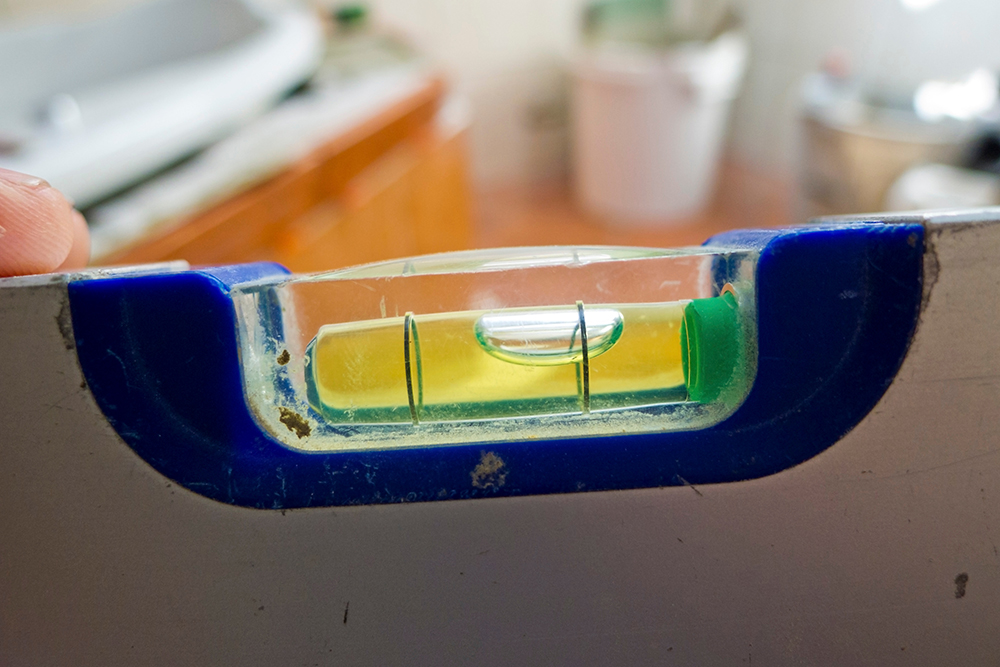Defending Against Construction Defects: Key Legal Defenses for Contractors
Share:
As a contractor, your reputation is everything. You work hard to deliver projects on time, within budget, and with craftsmanship you can stand behind. But even the most careful builders may face the nightmare scenario of a construction defect lawsuit.
Whether it’s a claim of water intrusion, structural issues, or faulty workmanship, these lawsuits can be stressful, costly, and damaging to your business. The good news? You don’t have to face them blindly. By understanding the process and taking strategic steps, you can protect your company, manage risk, and come out stronger.
This guide walks you through what contractors should do when faced with a construction defect lawsuit—from the moment you’re served to working with attorneys and navigating the legal system.
Step 1: Don’t Panic—But Don’t Ignore It
Being served with a lawsuit can feel like a punch to the gut. Contractors often worry about their business, reputation, and finances. The important thing to remember is that a lawsuit is not the end of the road—it’s the start of a legal process, and you have options. In fact, construction defect lawsuits are relatively common, and many are resolved long before trial. What matters most is how you respond in the first few weeks.
What you should never do is set the paperwork aside and hope it disappears. Courts operate on strict timelines, and missing a deadline can have severe consequences.
- In Florida (and most states), you usually have 20–30 days to respond.
- Ignoring the complaint can lead to a default judgment (the plaintiff automatically wins).
- Taking quick action shows the court—and the opposing side—that you take the matter seriously.
The bottom line: stay calm, act quickly, and don’t ignore deadlines. Doing so gives you a strong foundation for defending yourself.
Step 2: Review the Complaint Carefully
Once the initial shock wears off, it’s time to roll up your sleeves. The complaint tells you exactly what you’re being accused of and what the plaintiff is seeking. Understanding this document is critical for building your defense. Construction defect lawsuits often include claims like:
- Water damage or mold from leaks.
- Foundation cracks or structural issues.
- Faulty electrical, plumbing, or roofing work.
- Building code violations.
When reviewing the complaint, pay close attention to:
- Who is suing you. (Homeowner? Association? Developer?)
- The specific claims. (Negligence, breach of contract, breach of warranty, etc.)
- The damages sought. (Repairs, lost property value, attorney’s fees.)
Tip: Don’t try to interpret everything on your own. The language can be complex, and even small details matter. Share the complaint with your attorney immediately so you can strategize together.
Step 3: Contact Your Insurance Carrier
One of the first protective steps you can take is involving your insurance company. That’s what liability insurance is there for—to help cover claims like these. But insurers need to be notified quickly.
- Send them a copy of the complaint right away.
- Provide project documents and contracts when requested.
- Ask if they will assign defense counsel to your case.
Keep in mind:
- Some claims may not be covered by your policy.
- Reporting late can put your coverage at risk.
- Even if coverage is limited, notifying your insurer shows good faith and may still provide partial protection.
The takeaway: Your insurer may end up footing much of the legal bill, but only if you report the lawsuit promptly and cooperate.
Step 4: Gather Your Documentation
In lawsuits, evidence is king. The sooner you gather project records, the stronger your position will be. Documentation helps prove you followed proper procedures and that any alleged defects may not be your fault. Start with:
- Signed contracts and amendments.
- Blueprints, drawings, and engineering plans.
- Inspection reports and permits.
- Change orders.
- Subcontractor agreements.
- Emails, texts, and notes with the client.
Why this matters: Thorough records not only help your attorney build a defense but also show professionalism. Contractors who keep detailed files are often viewed more favorably in court and during settlement discussions.
Step 5: Work Closely With Your Attorney
Your attorney is your shield and your advocate. Construction defect cases can involve multiple parties, complex contracts, and highly technical arguments. You need a professional who understands both the construction industry and the legal landscape. Your attorney will:
- Review the complaint and spot weaknesses.
- File the appropriate legal responses.
- Determine if subcontractors, architects, or suppliers share liability.
- Represent you in settlement talks, mediation, arbitration, or trial.
Important: Avoid speaking directly with the plaintiff or their lawyer. Well-intentioned comments could be twisted into admissions. Always let your attorney handle communication.
The bottom line: Having a skilled construction defect lawyer on your side isn’t optional—it’s essential.
Step 6: Explore Early Resolution Options
Not every lawsuit needs to drag on for years. Florida law encourages early resolution of construction defect claims through the Chapter 558 pre-suit process. This gives contractors a chance to resolve disputes before a lawsuit moves forward. Options may include:
- Repairing the defect to resolve the issue quickly.
- Negotiating a financial settlement to avoid prolonged litigation.
- Mediation or arbitration, which are faster and less expensive than trial.
Why this matters: Settling early can preserve your reputation, reduce costs, and free you to focus on running your business instead of sitting in courtrooms. Even if settlement isn’t possible, showing a willingness to resolve the issue strengthens your position.
Step 7: Understand Common Defenses
Just because someone sues you doesn’t mean they’ll win. Many construction defect claims don’t hold up once the facts are examined. Contractors often have solid defenses, such as:
- The work met industry standards.
- The defect was caused by the owner’s neglect (e.g., failure to maintain).
- The claim is barred by time limits (statute of limitations or repose).
- A subcontractor is responsible, not you.
Takeaway: With the right defenses in play, you may be able to reduce liability significantly—or even defeat the claim entirely.
Step 8: Protect Your Business Moving Forward
Whether you win, lose, or settle, every lawsuit offers lessons. Use the experience to strengthen your business practices and reduce future risks. Consider:
- Use detailed, attorney-reviewed contracts with clear warranty language.
- Keep thorough project documentation.
- Vet subcontractors carefully and require insurance.
- Follow all building codes and inspection requirements.
- Maintain regular communication with clients to address issues before they escalate.
The long-term benefit: By treating the lawsuit as a learning experience, you don’t just protect your business now—you make it more resilient for the future.
Final Thoughts
Facing a construction defect lawsuit is never easy, but it doesn’t have to destroy your business. By responding quickly, involving your insurance company, working closely with an experienced attorney, and exploring resolution options, contractors can protect themselves while keeping projects and reputations intact.
The key takeaway? Preparation and documentation are your best defenses. With the right legal guidance, contractors can navigate lawsuits, limit exposure, and continue building with confidence.
Need Trusted Legal Guidance? Let’s Talk.
At DuFault Law, we know how overwhelming legal challenges can feel—whether you’re dealing with a real estate closing, a construction defect dispute, or a personal injury claim. That’s why we’re committed to providing trusted guidance and relentless advocacy for every client, every time.
- Call us at (239) 422-6400
- Email us at contact@dufaultlaw.com
- Or Visit our Contact Page to schedule a consultation


Comments are closed